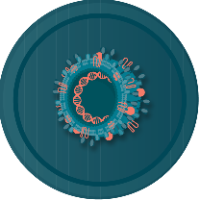People, not platforms: the real limit to cell and gene therapy scale-up in Europe
Cell & Gene Therapy Insights 2025; 11(8), 1007–1013
DOI: 10.18609/cgti.2025.115
In the race to develop cell and gene therapies (CGT), the prevailing narrative has focused on the promise of cutting-edge science, robust clinical pipelines, and the emerging potential of digital biomanufacturing. But behind the glossy headlines and billion-euro investments lies a less glamorous, more human truth: no matter how brilliant the science or how sophisticated the platforms, innovation will falter without a skilled and sustainable workforce. This is not an abstract concern. Stories continue to circulate about promising well-funded biotech that faced failure not due to a science but a people problem. In simple terms, there were not enough qualified personnel to scale up their process and manage their development. This scenario is playing out across the CGT ecosystem, not only in Europe but globally. As countries invest heavily in biotechnological infrastructure and translational research, a critical bottleneck is emerging not in ideas or capital, but in human capacity. Despite an array of training initiatives, demand for skilled professionals continues to outpace supply. If left unresolved, this imbalance could be the single greatest threat to CGT scalability over the next decade. Furthermore, training initiatives alone will not address the skills gap in this growing CGT ecosystem. Finding the right ways and incentives to attract and retain this newly skilled workforce within this space must also be addressed.
